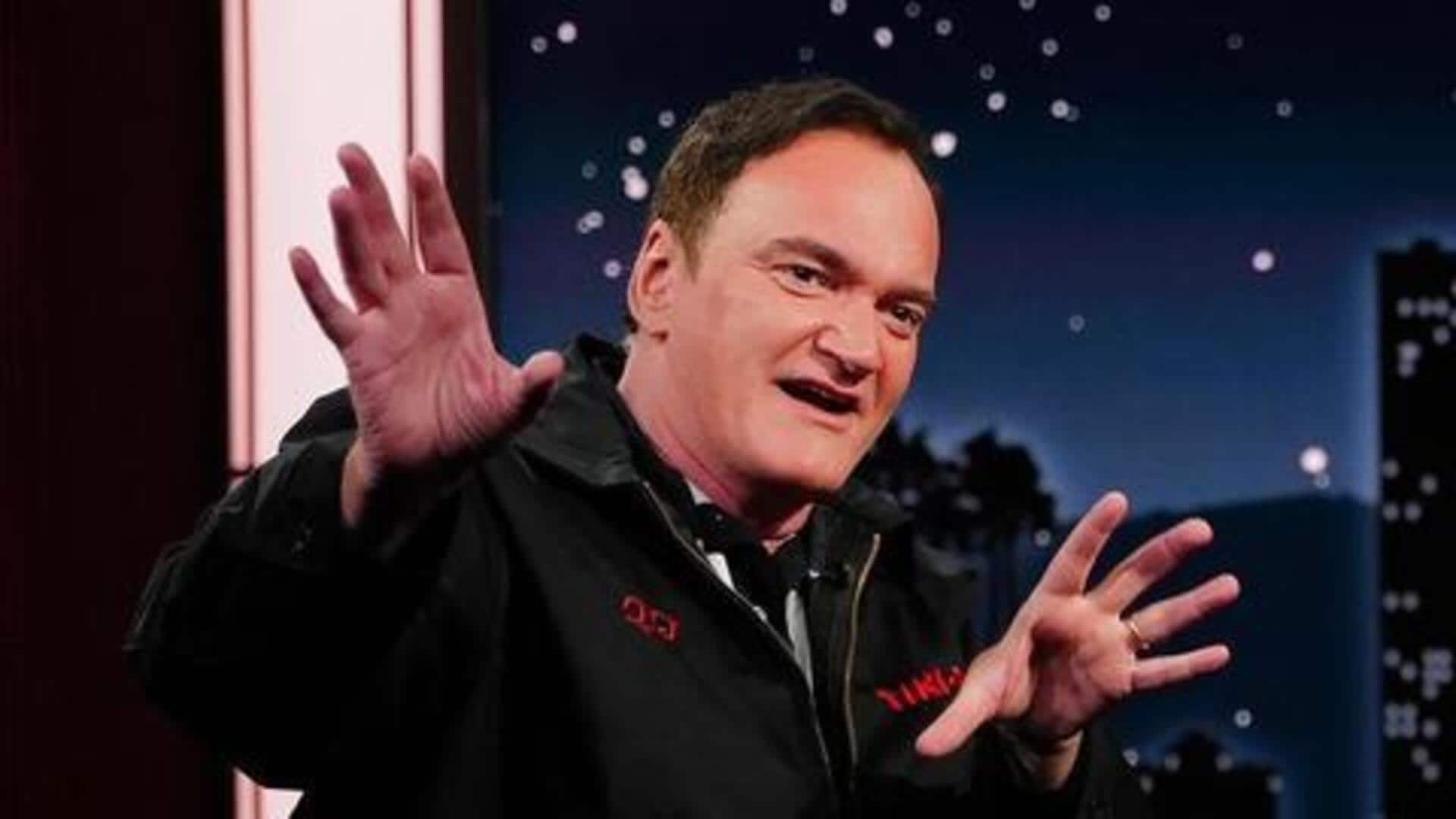
Quentin Tarantino's signature style that redefined Hollywood
What's the story
Quentin Tarantino is one of the most influential filmmakers of our time, and his unique style has left an indelible mark on American culture. From his unconventional storytelling to the eclectic soundtracks, Tarantino's films have changed the way we look at cinema and pop culture. Here's how Tarantino's work has shaped American culture, from dialogue to visual storytelling.
#1
Unconventional storytelling techniques
Tarantino's non-linear narratives have become a hallmark of his work, challenging traditional storytelling methods. By weaving together multiple timelines and perspectives, he engages audiences in a more interactive viewing experience. This technique has inspired other filmmakers to experiment with narrative structures, leading to a broader acceptance of non-traditional storytelling in cinema.
#2
Impact on dialogue and language
The dialogue in Tarantino's films is often characterized by its sharp wit and cultural references. His characters engage in lengthy conversations that reveal their personalities and motivations without relying on action or plot progression. This focus on dialogue has influenced screenwriters to prioritize character development through conversation, rather than exposition.
#3
Eclectic soundtracks as cultural commentary
Tarantino's use of music is more than just a creative choice; it's a statement. His soundtracks are a mix of genres and eras, which not only set the mood but also serve as a commentary on the themes of his films. By introducing lesser-known tracks to mainstream audiences, he has changed the way we look at music in films and encouraged other filmmakers to curate their soundtracks more thoughtfully.
#4
Visual style and cinematic references
Tarantino is known for his distinct visual style, which is a blend of retro aesthetics and modern cinematography. His films are filled with references to other movies, which not only pay homage but also add layers of meaning for the audience to discover. This practice has encouraged viewers to engage more deeply with film history, while also inspiring directors to incorporate similar techniques into their own work.